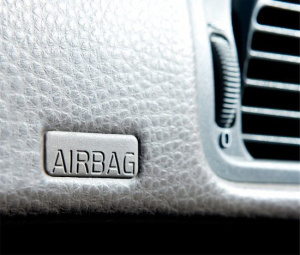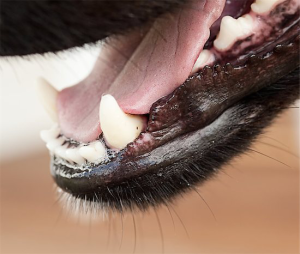 Almost 20% of the cars and trucks on the road today have been the subject of a safety recall, making this the worst year in history for U.S. car makers.(1) Recalls have been issued for more than 50 million vehicles this year, surpassing the previous record of 30 million vehicle recalls in 2004. Despite these numbers, about one-third of drivers are said to ignore the recall notices they receive, an indication that the current warning system is not as effective as federal regulators would like.(2)
Almost 20% of the cars and trucks on the road today have been the subject of a safety recall, making this the worst year in history for U.S. car makers.(1) Recalls have been issued for more than 50 million vehicles this year, surpassing the previous record of 30 million vehicle recalls in 2004. Despite these numbers, about one-third of drivers are said to ignore the recall notices they receive, an indication that the current warning system is not as effective as federal regulators would like.(2)
The most recent recall involves defective airbags manufactured by the Japanese firm, Takata, and this recall affects about 14 million cars from 11 manufacturers worldwide.(2) In this country alone, almost 8 million vehicles from 9 manufacturers already have been recalled for this issue. Currently, recall efforts have been concentrated in the warmer, more humid regions because those climate conditions are thought to aggravate the problem; there is pressure, however, expand the recall to all affected vehicles nationwide.(4)
This latest recall has been especially troubling as it involves a major safety feature of the vehicles. The airbags, which are intended to protect passengers in the event of an accident, either are not expanding correctly upon impact or exploding. It is believed the propellant in these airbags, which is designed to burn and produce the gas that causes the airbags to inflate, is too strong. As a result, the container can rupture, flinging metal fragments into the car, injuring or killing passengers.(2)
Because of the seriousness of this defect, federal regulators have been urging vehicle owners to take immediate action. Currently, however, there are not enough parts available to repair all impacted vehicles. Some manufacturers are offering to deactivate the airbags and post a warning sign in the vehicle to remind people not to use the front passenger seat until the airbags can be repaired,(1) a solution that is impractical for many. Temporary solutions, such as this, lead to consumer frustration.
One of the reasons behind the rise in recalls may be that federal prosecutors are holding auto makers more accountable for injuries resulting from defects in their vehicles. Earlier this year, Toyota was fined $1.2 billion dollars for its shortcomings in connection with a recall of 10 million of its vehicles. Examples such as this could possibly encourage other auto manufacturers to be more forthcoming in announcing recalls.(1) Continue reading ›
 A federal appeals court recently overturned a ruling by a federal bankruptcy judge that protected the reorganized General Motors Co. from lawsuits over defective ignition switches, and now the company potentially faces billions of dollars in liabilities.
A federal appeals court recently overturned a ruling by a federal bankruptcy judge that protected the reorganized General Motors Co. from lawsuits over defective ignition switches, and now the company potentially faces billions of dollars in liabilities. New Jersey Injury Lawyers Blog
New Jersey Injury Lawyers Blog









